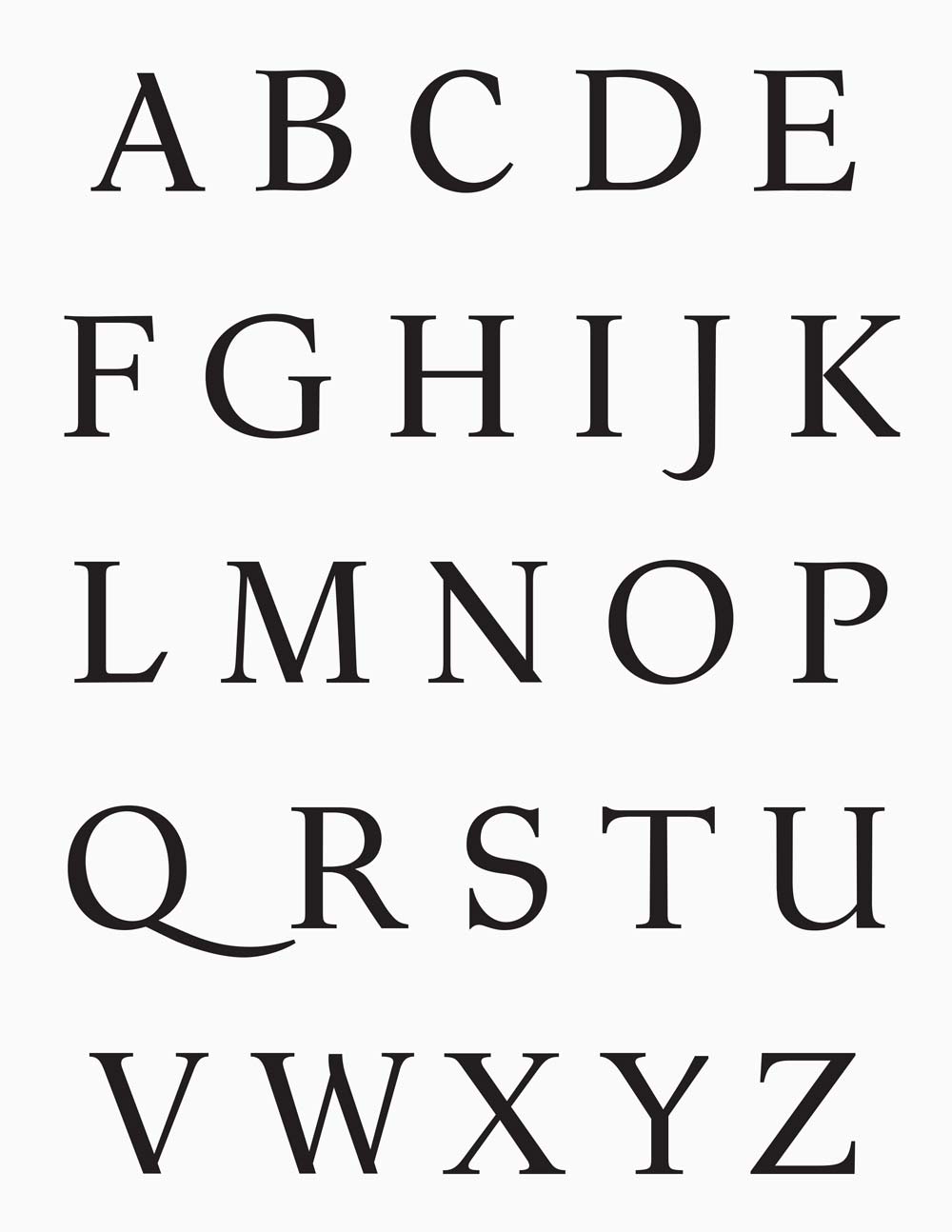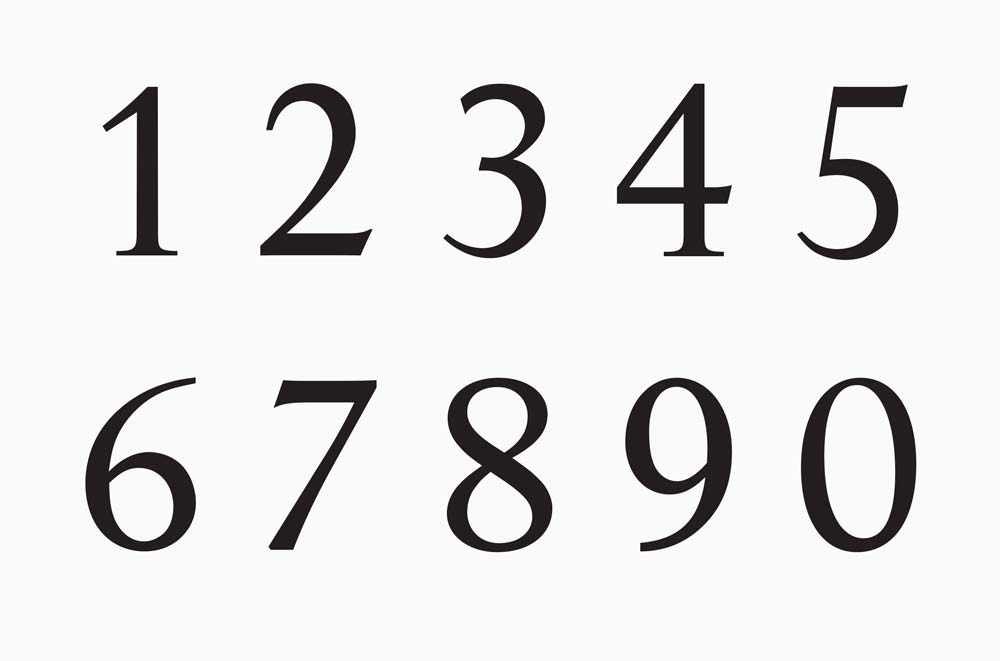


Überblick der Zeichen
“Newspaper typography is a particularly sensitive art. Minute adjustments have critical knock-on effects for the amount of news that can be issued — especially when multiplied by the massive circulation figures of ‘The Times’. In a 25-page memorandum, Morison concluded that the house typeface needed to be updated. What became Times New Roman, however, was neither redrawn from scratch nor merely an amendment of the existing version, but rather *amalgamated* from a number of different typefaces made at various points over the previous 400 years. The mongrel result was effectively collaged from past forms, so the lowercase e doesn’t exactly ‘match’ the lowercase a — at least not according to the usual standards of typographic consistency. Up close, Times New Roman is full of such quirks.” Exzerpt aus: LETTER & SPIRIT by Dexter Sinister
“Life font was designed in 1964 by W. Bilz and marks the beginning of a new generation of newsprint fonts. The Ionic style had replaced Modern Face and was now replaced by this new innovative style, which mixed elements of Old Face, Transitional and Modern Face forms. Life’s characters are based on the forms of Times and are the result of a time of change and experimentation.” Hintergrundinformation zu der „Life“ von Linotype.com
Die „Maoam“ ist eine pure Mischschrift, d.h. sie ist komplett aus bestehenden Schriften konstruiert. Jeder Buchstabe (52 Glyphen) und jede Ziffer (10 Glyphen) ist entstanden, indem die Buchstabenformen folgender Schriften zerlegt und wieder neu zusammen gefügt wurden: Aster von Francesco Simoncini, Bembo Book von Robin Nicholas, News Plantin von Frank Hinman Pierpont, Palatino von Hermann Zapf und Perpetua von Eric Gill. Dieser diktatorische Ansatz einer Schriftgestaltung ist weniger abwegig als man vielleicht denken würde. Bereits Stanley Morison stützte sich laut Dexter Sinister (s. Exzerpt oben) beim Entstehungsprozess der Times New Roman auf vorhandene Schriftformen. Für seine Zeichen entlieh er Merkmale und Charakteristiken von historischen Schrifttypen und verband sie zu einer innovativen neuen Mischform. Von diesem Prinzip ausgehend führt die Maoam das Konzept weiter, indem sie Schriftformen, die nach der Times erschienen, auf ähnliche Art und Weise behandelt und rückwirkend in die Times fusioniert. Als Basis wurde die Life von Wilhelm Bilz gewählt, eine Aktualisierung der Times. Das Resultat ist eine Schrift, die sowohl historische als auch zeitgenössischere Formen beinhaltet und verbindet. Der Name Maoam, ein Palindrom, greift diese zeitliche Komponente auf. Die Schrift enstand innerhalb eines Lehrauftrags des Klasse Hickmann im Sommersemester 2017, geleitet von Dirk Laucke und Johanna Siebein.